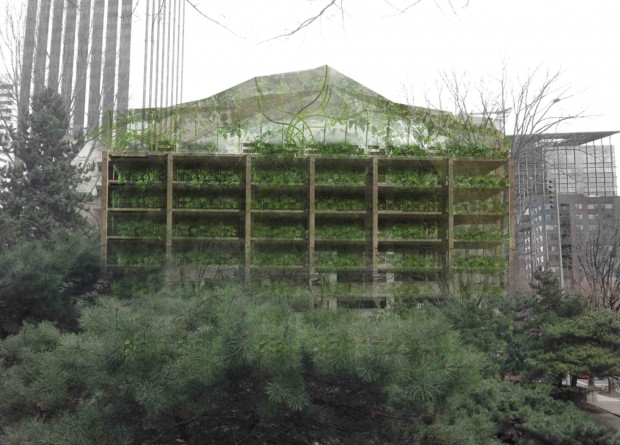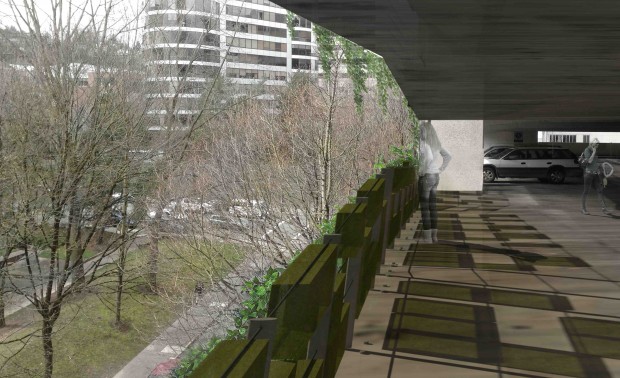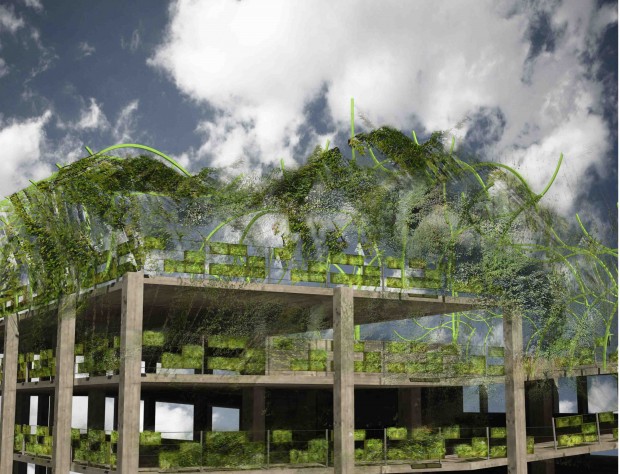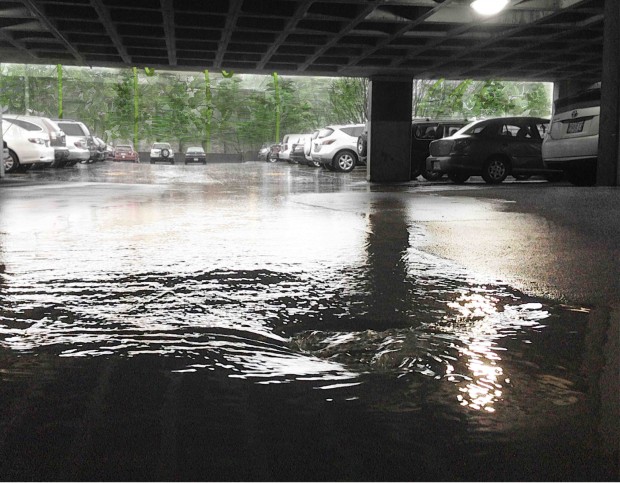Networked Urbanism
design thinking initiatives for a better urban life
apps awareness bahrain bike climate culture Death design digital donations economy education energy extreme Extreme climate funerals georeference GSD Harvard interaction Krystelle mapping market middle east mobility Network networkedurbanism nurra nurraempathy placemaking Public public space resources Responsivedesign social social market Space time time management ucjc visitor void waste water Ziyi
Water is a growing concern amongst the cultures of the world. In the northwest United States, particularly Portland Oregon where this focus exists, there happens to be an abundance of water at the time. This will not be the case for long as global warming and pollution have created awareness that our actions are finite. As design continues to advance, more focus is being given to rainwater capture on site. By containing the water that falls upon the site or structure, the water is able to be used for irrigation and other activities depending on the infrastructure set up to handle this run-off. The stormwater run-off is generally taxed in most cities based on the square footage of the site. This is to pay for the treatment of the water before it returns to the ecosystem. By filtering the sites own water money would be saved, eventually recouping the cost of the installation of the pollution control system.
A large impact can be had by renovating impervious surfaces such as parking lots and ramps. The parking ramps contain potent pollutants as cars are one of the larger impactors on the environment. The dripping of toxins and exhausting of carbon dioxide (amongst many other pollutants) at idle, starting, and driving, all collects in the lots and ramps. The rain water then washes those pollutants into the stormwater drains, which feed back into a treatment plant, except during overflow periods where it drains directly into the river. Incorporating an adaptable structure to capture the rainwater, treat and purify, then reuse it for vegetation on site will help lessen the stress on the environment from the pollution of the water while improving the air quality in the area from the suspended vegetation. To make this economically feasible a phase-able system is needed. The size is able to vary and fit all types of ramps across a city. A canopy like structure that sits above the cars acts as shade, (alleviating the excess heat ramps create) rainwater protection, (keeping people dry as they go to and from their cars) and rainwater capture devise (starting the purification process), as well as aesthetically appealing to all as nature has proven to be a healthier environment then plain concrete buildings.
The project consists of a filter that is tapped into the current drainage system on site. This run-off is diverted into a sand filter that acts to remove the pollutants in the water. This water is then stored in the ramp to be used for irrigation of the vegetation that is comprising the envelope of the structure. A solar panel is used to power the pump to circulate the water amongst the plant units. Excess water that has been run through both systems is then collected in a separate cistern, run through a carbon filter to remove any remaining pollutants and made available to the public as potable water.
If the filter is able to be incorporated into the structure to educate the public, more awareness would be made of the cleaning of the stormwater that the ramp is providing. This would also bring awareness to the topic in general, hopefully inducing more stormwater management across the board.
The weight of the structure will be swapped for the installation of the water management system. Guard rails made of concrete are able to be removed and replaced with a structure that will house the vegetation system. This system will also have to provide safety to the code of the city.
The experience in the parking ramp will be improved through more aesthetically appealing vegetation surrounding the inhabitant. The functionality of the ramp will be multiplied as it will be educating, treating, cleansing, purifying and will still have the ability to house all the vehicular traffic it of its current state. The ramp will promote the need to design with the environment in mind, and show a way to adapt the current infrastructure to meet the needs of the future.



